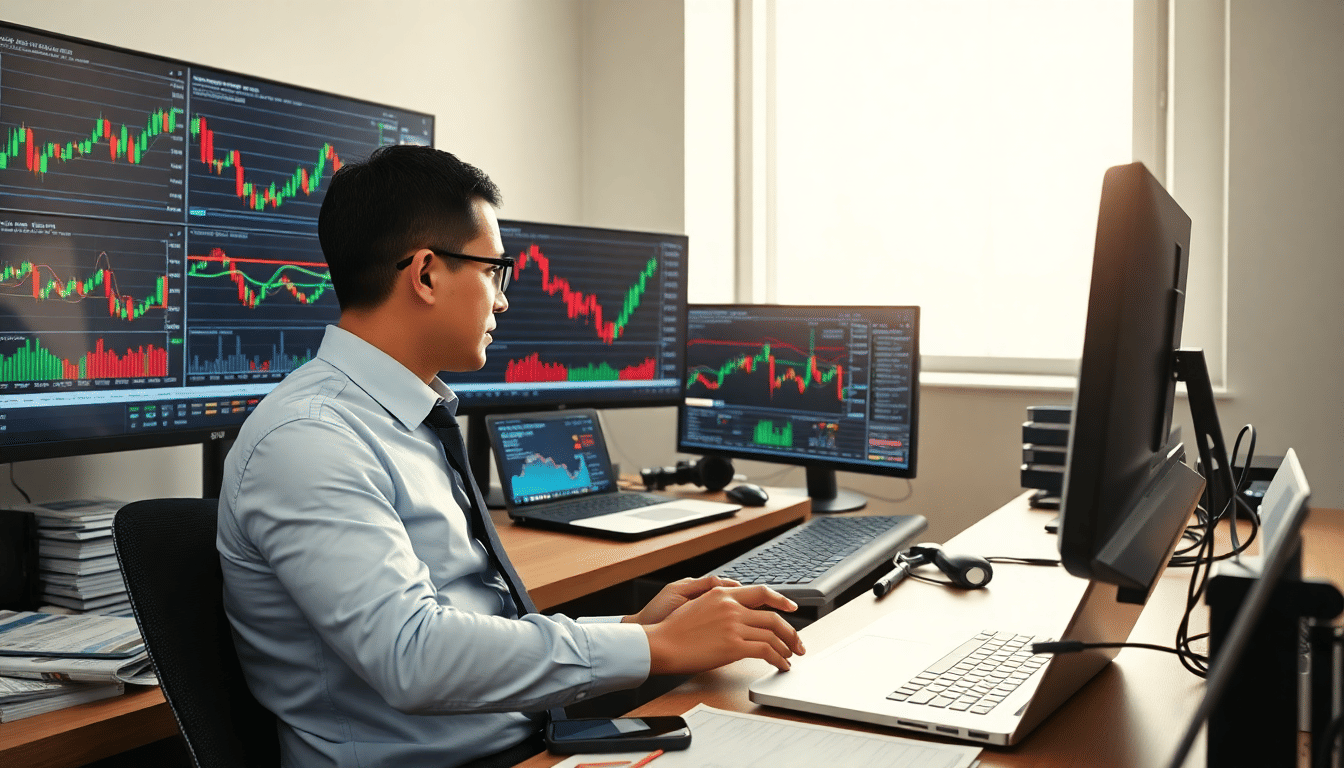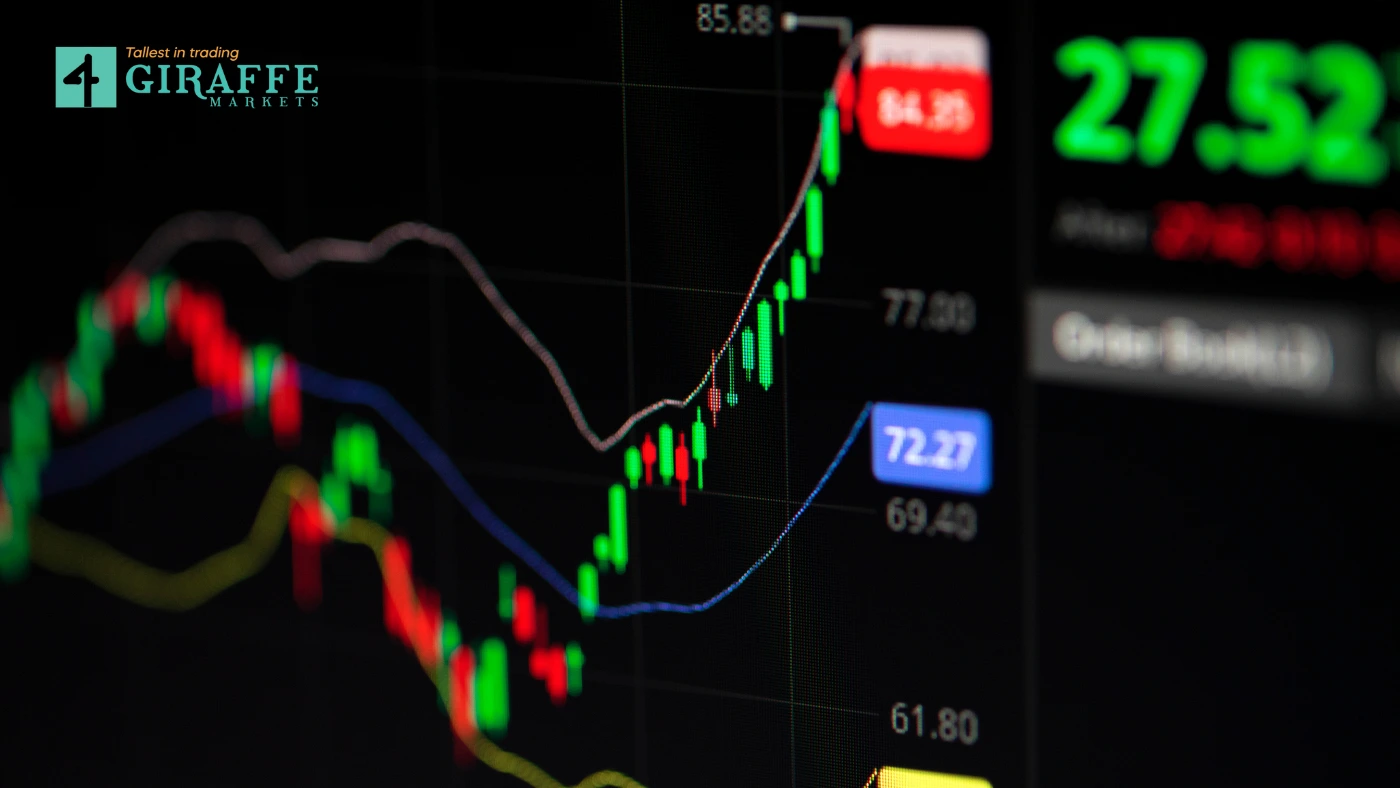In the dynamic world of forex trading, brokers play a pivotal role in shaping the knowledge and skills of traders. They are not merely intermediaries facilitating transactions; they are also educators who provide essential insights into the complexities of the foreign exchange market. By offering a wealth of resources and support, brokers empower traders to make informed decisions, ultimately enhancing their trading performance.
This educational aspect is crucial, especially for novice traders who may find the forex landscape overwhelming. Forex brokers understand that a well-informed trader is more likely to succeed. As such, they invest in creating comprehensive educational programmes that cover various aspects of trading, from basic concepts to advanced strategies.
This commitment to education not only helps traders navigate the market more effectively but also fosters a sense of community and trust between brokers and their clients. In an industry where knowledge is power, brokers who prioritise education can significantly influence their clients’ trading journeys.
Summary
- Forex brokers play a crucial role in educating traders about the complexities of the foreign exchange market.
- They provide access to a wide range of educational resources, including articles, videos, and tutorials, to help traders improve their knowledge and skills.
- Tailored training and webinars are offered by forex brokers to cater to the specific needs and learning styles of individual traders.
- Personalised coaching and mentorship programmes are available to provide one-on-one guidance and support for traders at all levels.
- Forex brokers offer market analysis and research to help traders make informed decisions and stay updated on the latest market trends and developments.
Providing Access to Educational Resources
One of the primary ways forex brokers educate traders is by providing access to a plethora of educational resources. These resources often include articles, e-books, video tutorials, and interactive courses that cater to different learning styles. By offering a diverse range of materials, brokers ensure that traders can find the information they need to enhance their understanding of the market.
This accessibility is particularly beneficial for those who may not have formal training in finance or economics. Moreover, many brokers curate their educational content to reflect current market trends and developments. This ensures that traders are not only learning foundational concepts but are also kept up-to-date with the latest strategies and tools available in the forex market.
By staying informed, traders can adapt their approaches and make more strategic decisions, ultimately leading to improved trading outcomes.
The emphasis on continuous learning underscores the importance of education in achieving long-term success in forex trading.
Tailored Training and Webinars
In addition to static resources, many forex brokers offer tailored training sessions and webinars designed to meet the specific needs of their clients. These live sessions provide an interactive platform where traders can engage with experienced professionals, ask questions, and gain insights into various trading strategies. The real-time nature of webinars allows participants to grasp complex concepts more effectively, as they can receive immediate feedback and clarification on any uncertainties.
Tailored training programmes often focus on specific topics, such as technical analysis, risk management, or trading psychology. By honing in on these areas, brokers can help traders develop a more nuanced understanding of the market. Furthermore, these sessions foster a sense of community among participants, as they share experiences and learn from one another.
This collaborative environment not only enhances the learning experience but also encourages traders to remain committed to their educational journey.
Personalised Coaching and Mentorship
For traders seeking a more personalised approach to education, many forex brokers offer coaching and mentorship programmes. These initiatives pair novice traders with experienced mentors who provide one-on-one guidance tailored to individual needs and goals. This personalised attention can be invaluable for those looking to refine their trading strategies or overcome specific challenges they may face in the market.
Mentorship programmes often involve regular check-ins, performance reviews, and goal-setting sessions. This structured approach allows traders to track their progress and make necessary adjustments along the way. Additionally, having a mentor can instil a sense of accountability, motivating traders to stay disciplined and focused on their objectives.
The relationship built between mentor and mentee can significantly enhance the learning experience, providing insights that are often not found in traditional educational resources.
Market Analysis and Research
A critical component of successful forex trading is the ability to analyse market trends and make informed predictions about future movements. Forex brokers recognise this need and often provide comprehensive market analysis and research reports as part of their educational offerings. These analyses typically include technical indicators, economic forecasts, and geopolitical insights that can impact currency values.
By equipping traders with this information, brokers enable them to make data-driven decisions rather than relying solely on intuition or speculation. Access to timely and relevant market research can significantly enhance a trader’s ability to identify potential opportunities and mitigate risks. Furthermore, understanding how to interpret these analyses is an essential skill that brokers often teach through their educational programmes, ensuring that traders can apply this knowledge effectively in their own trading practices.
Demo Accounts and Practice Platforms
Another invaluable tool that forex brokers provide for educational purposes is the demo account.
These practice platforms allow traders to simulate real trading conditions without risking actual capital.
By using virtual funds, traders can experiment with different strategies, test their skills, and gain confidence before entering the live market.
This hands-on experience is crucial for developing a solid understanding of how various factors influence currency movements. Demo accounts also serve as a safe space for traders to learn from their mistakes without facing financial repercussions. Many brokers offer tutorials specifically designed for demo account users, guiding them through the platform’s features and functionalities.
This practical approach to learning reinforces theoretical knowledge gained from other educational resources, creating a well-rounded foundation for successful trading.
Community and Networking Opportunities
The forex trading community is vast and diverse, encompassing individuals from various backgrounds and experiences. Forex brokers often facilitate community-building initiatives that allow traders to connect with one another, share insights, and collaborate on strategies. These networking opportunities can be invaluable for traders looking to expand their knowledge base and gain different perspectives on market trends.
Online forums, social media groups, and local meetups are just a few examples of how brokers foster community engagement among their clients. Participating in these networks not only enhances a trader’s learning experience but also provides emotional support during challenging times. The camaraderie built within these communities can motivate traders to persevere through setbacks and celebrate successes together, creating a sense of belonging in an otherwise solitary pursuit.
The Future of Forex Education: Technology and Innovation
As technology continues to evolve at a rapid pace, so too does the landscape of forex education. Brokers are increasingly leveraging innovative tools such as artificial intelligence (AI), machine learning, and virtual reality (VR) to enhance their educational offerings. These advancements have the potential to revolutionise how traders learn by providing immersive experiences that simulate real-world trading scenarios.
For instance, AI-driven platforms can analyse individual trading behaviours and offer personalised recommendations based on performance data. This level of customisation allows traders to focus on areas where they need improvement while capitalising on their strengths. Similarly, VR technology could create realistic training environments where traders can practice their skills in a controlled setting before applying them in live markets.
In conclusion, the role of forex brokers in educating traders is multifaceted and essential for fostering success in this competitive arena. By providing access to educational resources, tailored training sessions, personalised coaching, market analysis, demo accounts, community opportunities, and embracing technological innovations, brokers equip traders with the tools they need to thrive. As the forex landscape continues to evolve, so too will the methods of education available to aspiring traders, ensuring that they remain well-prepared for the challenges ahead.
FAQs
What is the role of brokers in educating forex traders?
Brokers play a crucial role in educating forex traders by providing them with the necessary knowledge and tools to understand the forex market, trading strategies, risk management, and technical analysis.
What are the common educational resources provided by brokers?
Brokers offer a range of educational resources such as webinars, online courses, video tutorials, e-books, articles, and demo accounts to help traders learn about forex trading.
How do brokers help traders understand risk management?
Brokers educate traders about risk management by providing information on setting stop-loss orders, managing leverage, and understanding the impact of market volatility on their trades.
Do brokers provide technical analysis training to traders?
Yes, brokers offer technical analysis training to traders, which includes learning how to read charts, identify trends, use indicators, and make informed trading decisions based on technical analysis.
How do brokers keep traders updated with market news and analysis?
Brokers provide traders with access to real-time market news, analysis, and economic calendars to help them stay informed about important events and factors that can impact the forex market.

















